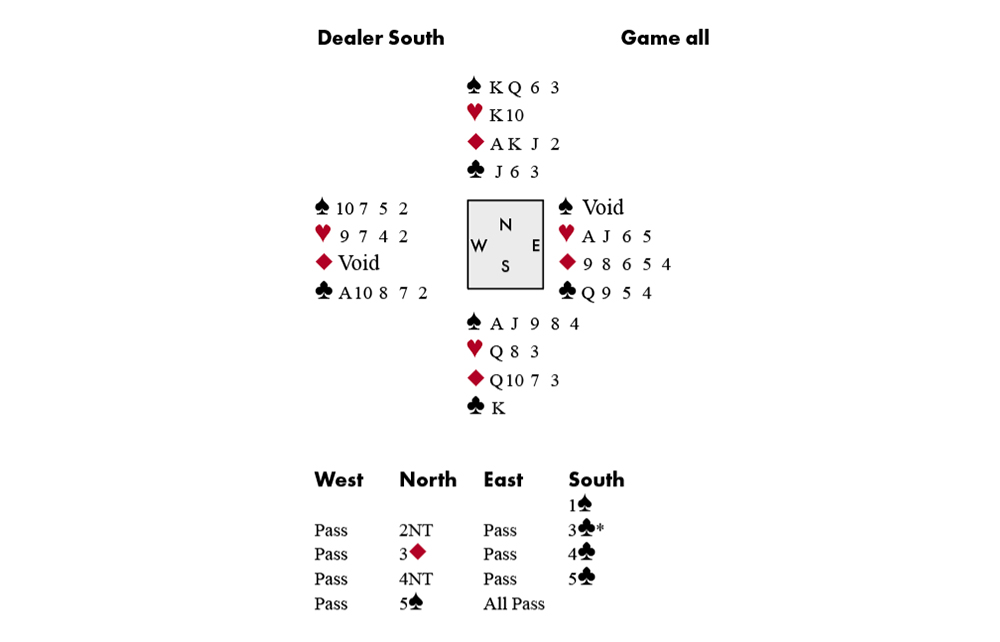Many bids and plays have been named after former great players. They may not have invented the bid as such, but they have coined it and made it famous. Names like Samuel Stayman and Easley Blackwood will live on for as long as the game is played.
In 1929, Theodore Lightner gave his name to the ‘Lightner double’, used to request an unusual lead – often against a slam – when we hope to score a ruff or need dummy’s first bid suit led. This is well-known. What is rather less well-known is the ‘reverse’ Lightner double, occurring when you are on lead but want to alert partner that something unusual is needed to beat the contract. This hand popped up just the other night:
North-South used 3♣ after the Jacoby 2NT (there we go again) to show a minimum hand, and 4♣ was a cue bid – enough for North to wheel out Blackwood, South showing one Ace.







Comments
Join the debate for just $5 for 3 months
Be part of the conversation with other Spectator readers by getting your first three months for $5.
UNLOCK ACCESS Just $5 for 3 monthsAlready a subscriber? Log in